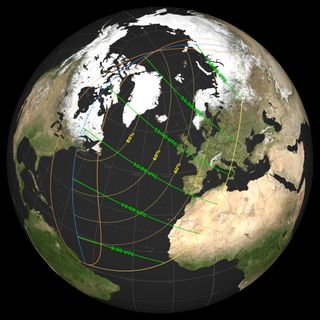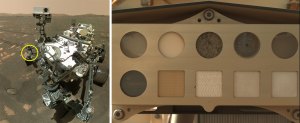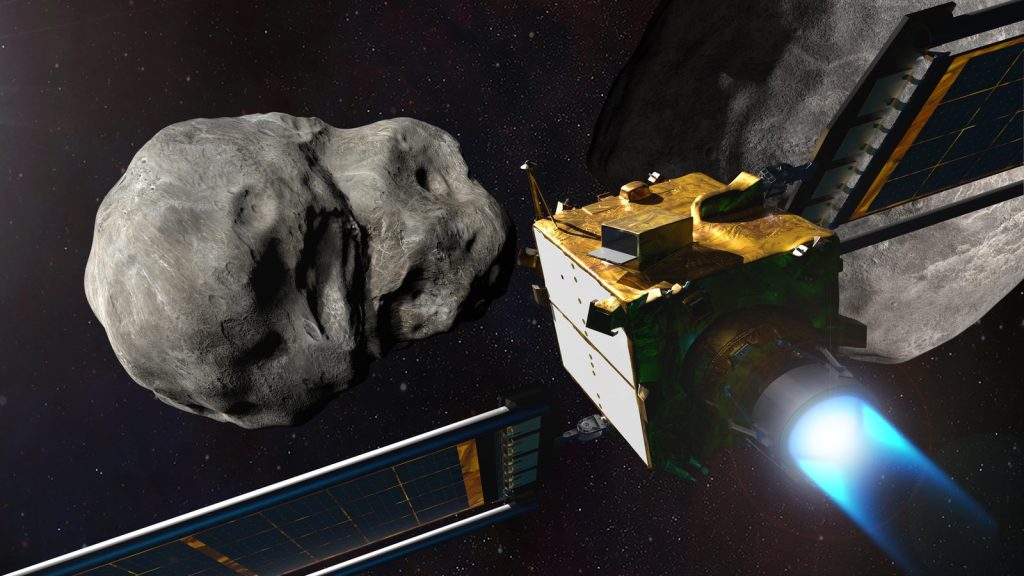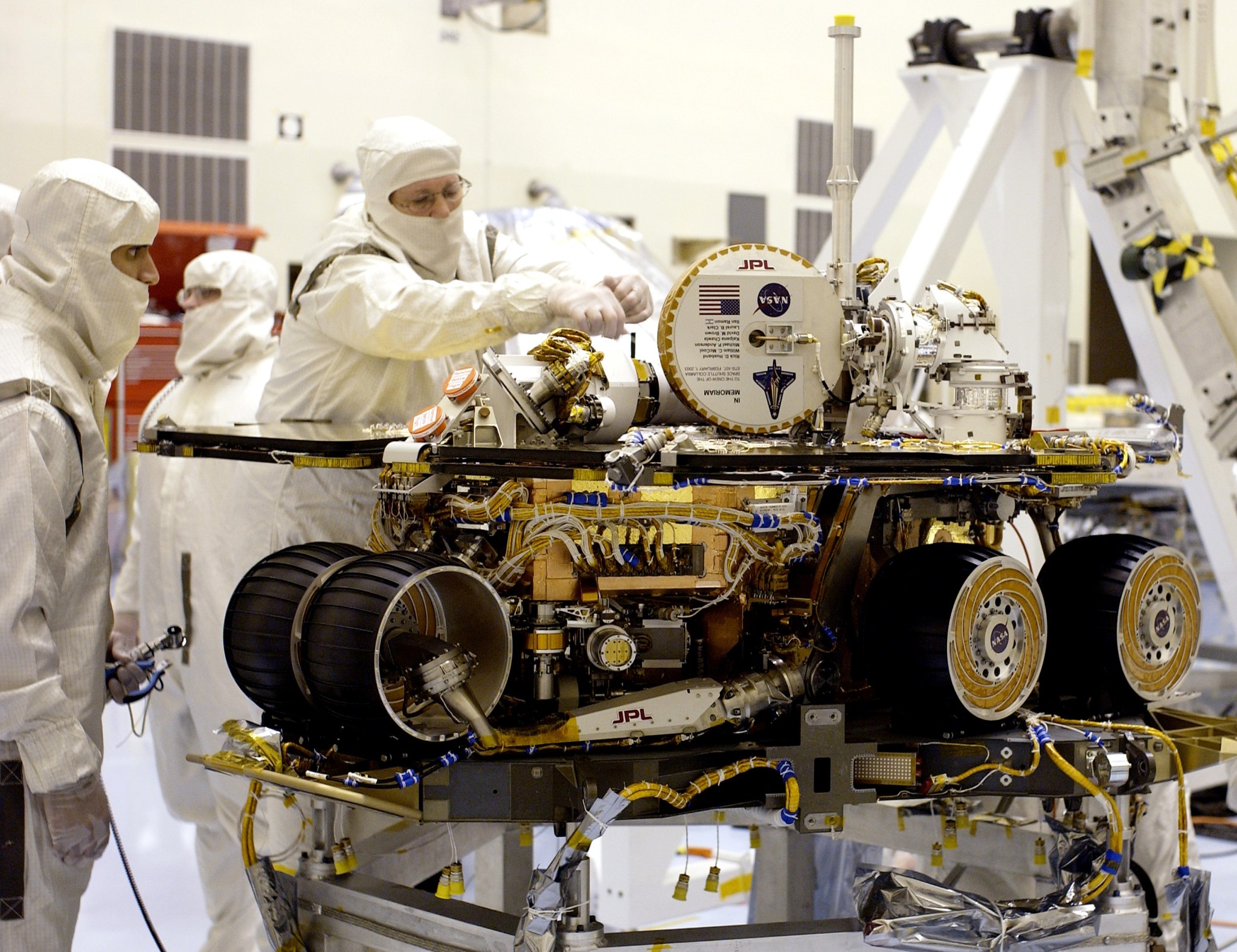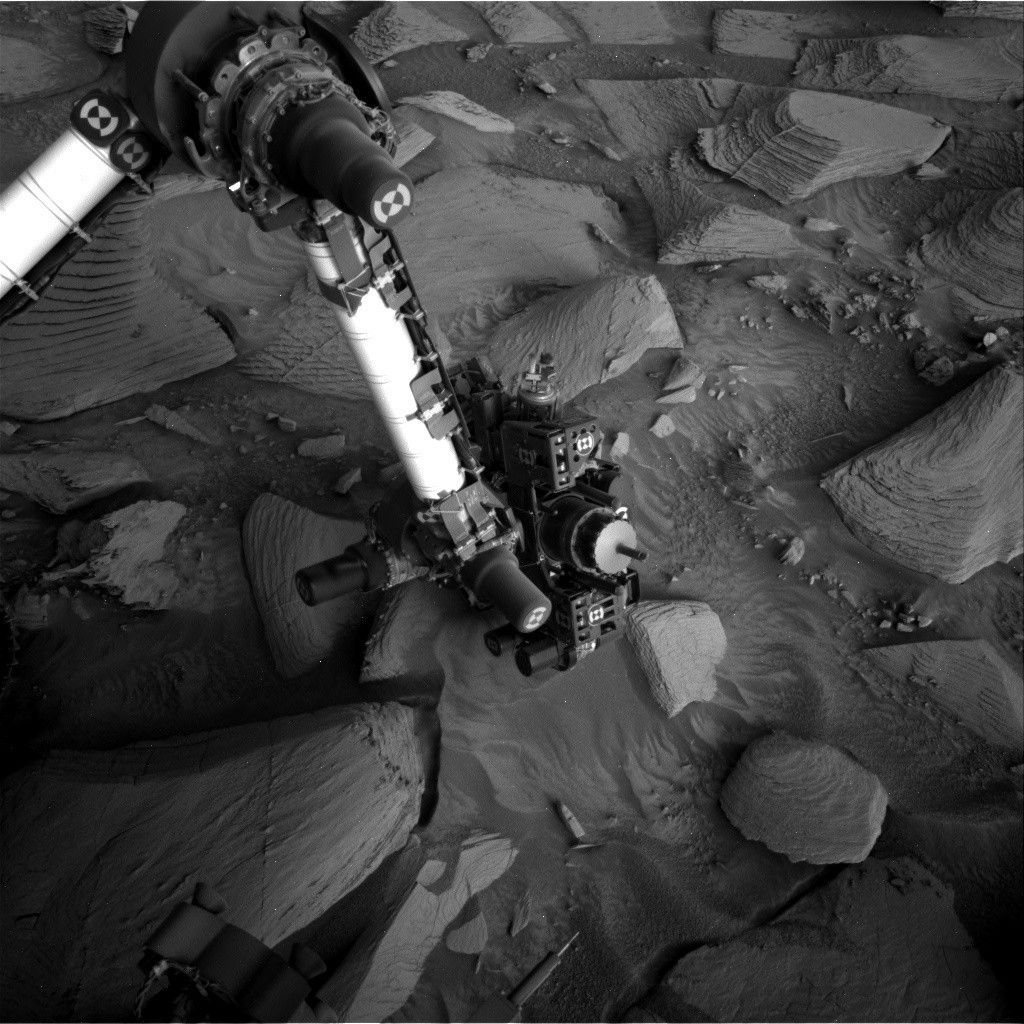What a difference a year makes! Just a year ago, countless millions across North America were anxiously awaiting the “great North American total eclipse of the sun” on April 8. Now, less than a year later, on Saturday, March 29, another eclipse of the sun will take place, but it’s quite likely that the prospective viewing audience will be considerably smaller. To produce this eclipse, the moon’s shadow falls chiefly on the north polar regions of Earth. Keep up to date with the latest solar eclipse news and events with…
Read MoreCategory: Nasa
Nasa
Norman Rockwell Commemorates Gemini Program with Grissom and Young
Astronauts John Young and Gus Grissom are suited for the first flight of the Gemini program in March 1965. NASA loaned Norman Rockwell a Gemini spacesuit in order to make this painting as accurate as possible.
Read MoreHow Can I See the Northern Lights? We Asked a NASA Expert: Episode 54
2 min read Preparations for Next Moonwalk Simulations Underway (and Underwater) How can I see the northern lights? To see the northern lights, you need to be in the right place at the right time. Auroras are the result of charged particles and magnetism from the Sun called space weather dancing with the Earth’s magnetic field. And they happen far above the clouds. So you need clear skies, good space weather at your latitude and the higher, more polar you can be, the better. You need a lot of patience…
Read MoreNASA Statement on Nomination of Greg Autry for Agency CFO
Photo of Greg Autry Credit: University of Central Florida The following is a statement from NASA acting Administrator Janet Petro regarding the nomination by President Donald Trump of Greg Autry on March 24 to serve as the agency’s chief financial officer (CFO): “The NASA CFO is responsible for executing more than $25 billion in agency funding across a variety of missions, including the Moon and Mars, for the benefit of humanity. With his previous experience as the White House liaison during President Trump’s first administration, as well as his extensive…
Read More“The monster will come for us all!” Mon Mothma rouses the rebels in new ‘Andor’ Season 2 trailer
Andor | Official Trailer | Final Season Streaming April 22 on Disney+ – YouTube Watch On We’re a mere month away from the climactic second season of Disney+’s “Andor: A Star Wars Story” that will take us straight up to the beginning of “Rogue One: A Star Wars Story.” A fresh Disney-delivered trailer has just dropped, and it makes us want to join those pesky rebels and charge blindly into the fray in defense of galactic freedom. Well, until we see the dreaded Death Star! Arriving on April 22, “Andor”…
Read More‘Earth to Space’ art festival set to launch at Kennedy Center this week
A nearly month-long space mission is ready to lift off, with final preparations being made at the Kennedy Center. To be clear, not NASA’s Kennedy Space Center in Florida, but rather the John F. Kennedy Center for the Performing Arts in Washington, D.C. “Earth to Space: Arts Breaking the Sky” is set to transform the United States’ national cultural hub into a launch pad for three weeks of live performances, films, art, interactive exhibits and discussions, all inspired by spaceflight and the wonders of the universe. The festival will see…
Read MoreNASA Cloud Software Helps Companies Find their Place in Space
2 min read Preparations for Next Moonwalk Simulations Underway (and Underwater) The Double Asteroid Redirection Test required extreme precision in mission planning to achieve its mission of impacting an asteroid. The founders of Continuum Space worked on astrodynamics relating to this mission, which they used to inform their product. NASA Planning space missions is a very involved process, ensuring orbits are lined up and spacecraft have enough fuel is imperative to the long-term survival of orbital assets. Continuum Space Systems Inc. of Pasadena, California, produces a cloud-based platform that gives…
Read MoreNASA’s Spirit Rover Gets Looked Over
NASA Technicians do final checks on NASA’s Spirit rover in this image from March 28, 2003. The rover – and its twin, Opportunity – studied the history of climate and water at sites on Mars where conditions may once have been favorable to life. Each rover is about the size of a golf cart and seven times heavier (about 405 pounds or 185 kilograms) than the Sojourner rover launched on the Mars Pathfinder to Mars mission in 1996. Spirit and Opportunity were sent to opposite sides of Mars to locations…
Read MoreNASA completes SLS core stage stacking for Artemis 2 moon mission (photos)
NASA’s next moon rocket is coming together, piece by piece. The core stage of NASA’s next Space Launch System (SLS) rocket recently completed integration with the vehicle’s side boosters inside the agency’s Vehicle Assembly Building in Florida. SLS will launch NASA’s Artemis 2 mission to fly four astronauts aboard an Orion spacecraft around the moon and back sometime next year. “Technicians joined the core stage March 23 with the stacked solid rocket boosters for the mission at NASA’s Kennedy Space Center (KSC),” NASA officials wrote in a statement Monday (March…
Read MoreSols 4488-4490: Progress Through the Ankle-Breaking Terrain (West of Texoli Butte, Climbing Southward)
Curiosity Navigation Curiosity Home Mission Overview Where is Curiosity? Mission Updates Science Overview Instruments Highlights Exploration Goals News and Features Multimedia Curiosity Raw Images Images Videos Audio Mosaics More Resources Mars Missions Mars Sample Return Mars Perseverance Rover Mars Curiosity Rover MAVEN Mars Reconnaissance Orbiter Mars Odyssey More Mars Missions Mars Home 3 min read Sols 4488-4490: Progress Through the Ankle-Breaking Terrain (West of Texoli Butte, Climbing Southward) NASA’s Mars rover Curiosity captured this image showing its robotic arm in action; the view also illustrates bedding on a light-toned bedrock…
Read More